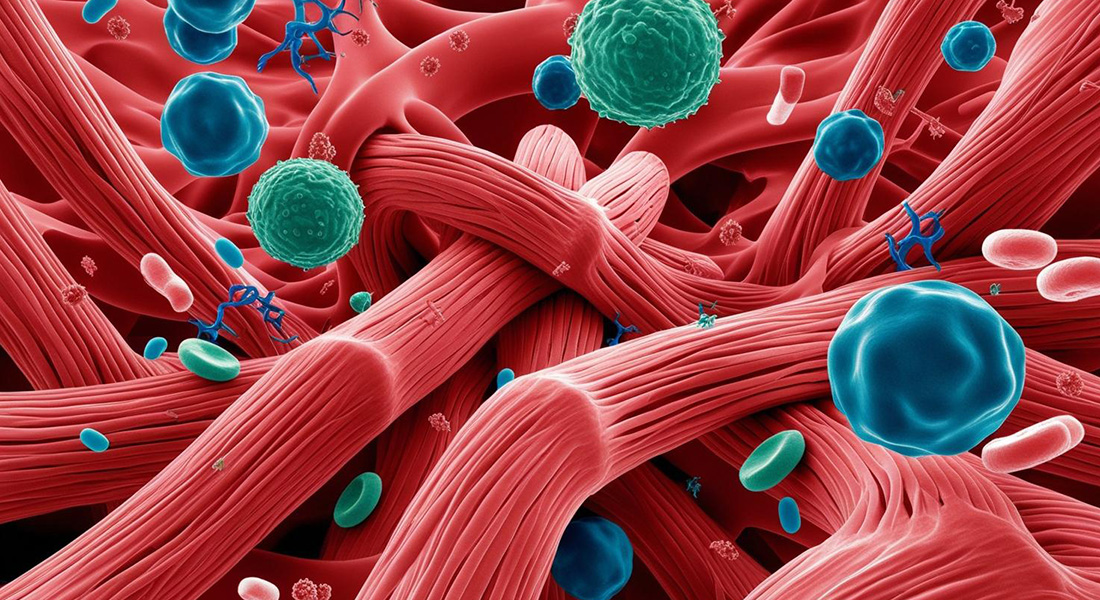Our immune cells might support muscle repair after exercise
Researchers have identified a protein released from immune cells following exercise-induced muscle damage, which supports muscle cell repair and development.

The Deshmukh Group and Hostrup Group have identified a protein released from immune cells following exercise-induced muscle damage, which supports muscle cell repair and development. Upon exhaustive exercise, skeletal muscle damage markers accumulate in the muscle’s interstitial space around the muscle fibers, which is followed by the appearance of immune cell-derived proteins. Such proteins included bioactive molecules involved in muscle fiber development and muscle growth. Furthermore, their approach provides proof of concept that the human interstitial fluid proteome is quantifiable via microdialysis sampling in vivo.
This work was made possible through the close collaboration between CBMR and the Department of Nutrition, Exercise and Sports NEXS, University of Copenhagen. Here, Associate Professor Atul S. Deshmukh and Assistant Professor Ben Stocks have joined forces with Morten Hostrup, Associate Professor at the August Krogh Section for Molecular Physiology to develop a sensitive proteomics workflow that allows them to quantify which proteins exist in the interstitial space between muscle fibers of human participants and how these change with interventions such as exercise.
“Our research provides new details of how skeletal muscle adapts to exercise and the beneficial role that immune cells play in skeletal muscle adaptation. The development of a sensitive proteomic approach to measure protein release within the interstitial fluid is a substantial innovation for the field, which can be applied across different tissues and in different physiological contexts to study cellular communication” says Assistant Professor Ben Stocks.
